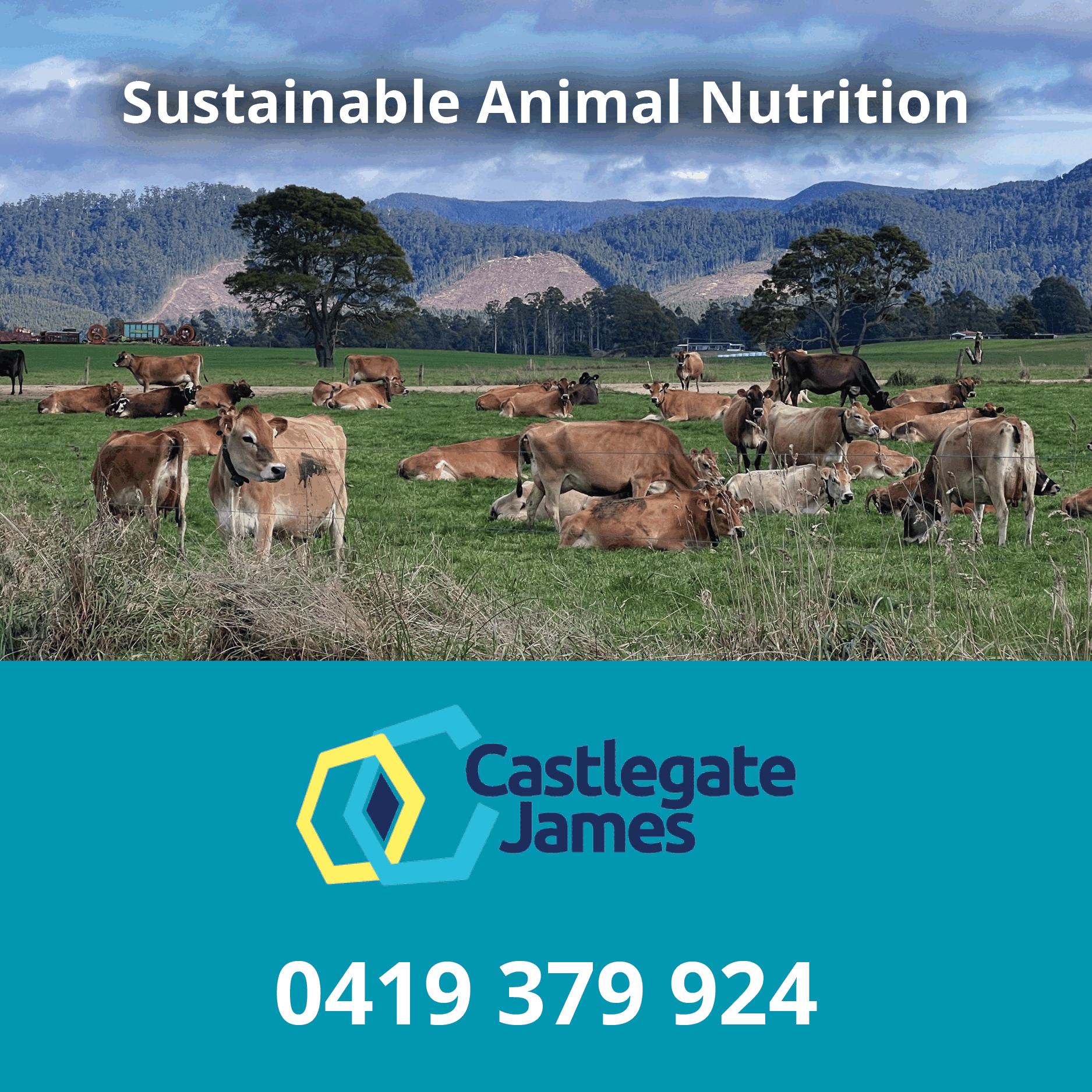Wool report: at last a Goldilocks moment

THE Australian wool market continued to gain strength last week on the back of a favourable currency market, Chinese buyers returning to work and increased awareness of supply shortages in the future.
All these factors combined to add 2 per cent to prices across the micron spectrum. The AWEX EMI gained 23 cents in local currency
standout performers as the supply squeeze is most keenly felt in this segment.
In USD terms the market was 18 cents dearer, and in Euro terms prices increased by 20 cents.
Those Chinese who had taken a week off came back to the action having to pay an extra 1.5 yuan more per kilo than the previous week when their competitors were still operating.
The outcome from this week’s sales is pretty much a goldilocks result.
Some thing positive there for wool growers and their brokers who offered the wool on their behalf, with the auctioneers having a relatively easy time in the room.
Indent operators had a full contingent of orders with which to operate, and export traders are finding enough business with a small positive margin to cover overheads at present without taking too much risk.
Further along the pipeline, mills in China returned to work and the vast majority of their workforce showed up on time given that alternative employment opportunities are not easy to come by in China these days.
Some of the smaller mills have decided to have a longer shutdown and only reopen this week, but all the major players are back in full production now.
Despite the 2 per cent rise in prices nobody is complaining that wool prices are too high or have gone up too fast.
People overseas have clearly received the message that growers in Australia, and other wool producing countries need higher returns to offset production cost increases in order to stay in the industry, and that the current prices are on the lower edge of profitability for most.
A demand increase is still required to lift wool prices to the next level, but the mood is more positive than it was a couple of months ago, and people are get ting set for the wheels to start turning a little faster.
Nobody is yet prepared to build stock in anticipation but by the same token every trader is making sure their positions are fully covered so that they are not exposed.
More widespread competition in the auction this week was evident with Indian and Asian orders adding to the Chinese consumption.
Buyers are still keen to accumulate high quality superfine wools, but less enthusiastic about those whose processing specifications do not pass muster.
Interestingly certified wools in South Africa saw a slightly lower price increase than the general merino category perhaps indicating that premiums have peaked for now.
Europe is still the missing link with their economy still in the doldrums despite both the UK and European Central Bank cutting interest rate by a further 25 basis points.
Processing mills in Europe are being very cautious when it comes to buying raw materials in what is normally the start of their busy period. They all hope that a recovery is on the way, but they understandably want to see a bit more evidence before making a commitment given the disappointment of the past couple of years.
The threat of tariffs from America looms large for many, adding to their reticence.
In America the circus continues with plenty of bluff and bluster, but progress of sorts depending on one’s viewpoint.
The US economy may just be slowing enough for the Fed Reserve to resume interest rate cuts in the coming months which should help business and further improve consumer confidence.
Although the currency ended the week basically unchanged it did do a few gym nastic manoeuvres either side of the week end following some tariff announcements from Washington on Friday night.
Monday actually saw the AUD trade at a five-year low in reaction to the announcements as markets pondered what may be in store for China who were still on holidays.
When China returned, so did a bit of normality and it seemed that the wheels were not actually going to fall off, so currencies returned to their previous ranges.
There is still enough angst among traders to keep pushing gold to record levels, with a reported week-long queue to withdraw metal from the Bank of England’s vaults.
On the other hand, copper – which is often seen as a harbinger of global growth – rose by more than 2 per cent in a positive indication for the months ahead.
So, small steps, but mostly in the right direction and hopefully this will soon feed into consumer confidence and an increase in activity for those discretionary purchases, particularly in Europe, but also in the Chinese domestic market as well.
A dedicated superfine sale in Melbourne next week is building anticipation of some very nice Tasmanian clips which exporters and processors have been waiting for.
Buyers are lamenting the fact that they only get to travel to Brooklyn for these wools instead of a week on the Apple Isle as in years gone by.
Nevertheless a pretty solid market is expected despite the increased volume in Melbourne courtesy of the Tassie catalogues.




Add new comment